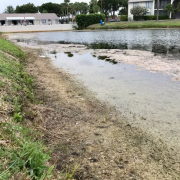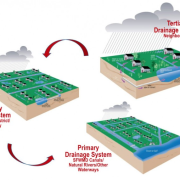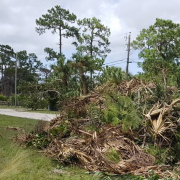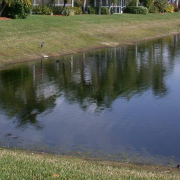Drought and the Dry Season
When it comes to weather in Florida, normally it is dominated by sunny tropical weather, but we have a very diverse climate. One significant aspect of Florida’s weather patterns that demands attention is the dry season, which occurs from October to May. This period can lead to drought conditions, and it’s important to recognize the contributing factors. According to the Florida Climate Center, records show that every decade since the year 1900, there has been at least one severe and widespread drought somewhere in the state of Florida.
Drought conditions in Florida can arise from various factors. An extended dry season often leaves the region drier than normal, directly contributing to drought. Climate patterns like El Niño and, especially, La Niña play a pivotal role in influencing rainfall, leading to even drier conditions.
The Lake Worth Drainage District plays a vital role in managing water resources for about half of Palm Beach County’s population. It is responsible for water supply protection, flood control, and promoting water conservation. By maintaining canal water levels, the Lake Worth Drainage District effectively combats the risk of saltwater intrusion into freshwater wells. However, we must understand that drought conditions hinder these efforts and can lead to significant consequences. As stated by Tommy Strowd, Executive Director of the Lake Worth Drainage District, the impacts can be long-lasting. Local fire departments may struggle to access adequate water for firefighting, high-rise condominiums could experience decreased water pressure, landscaping in golf courses and residential areas could be impacted, community lakes might dry up, and farmers could face substantial challenges in irrigating their crops.
As residents, we must take proactive steps to support water conservation during the dry season. Start by educating yourself, we must spread the word about sustainable water practices. Engage your neighbors and community in discussions about responsible water use. Adhere to the guidelines established by local water management districts and respect the irrigation schedules set by many Florida counties to prevent overuse. There are numerous strategies to conserve water. Visit www.lwdd.net/managing-water/water-supply to discover more about the dry season and effective water conservation techniques.






